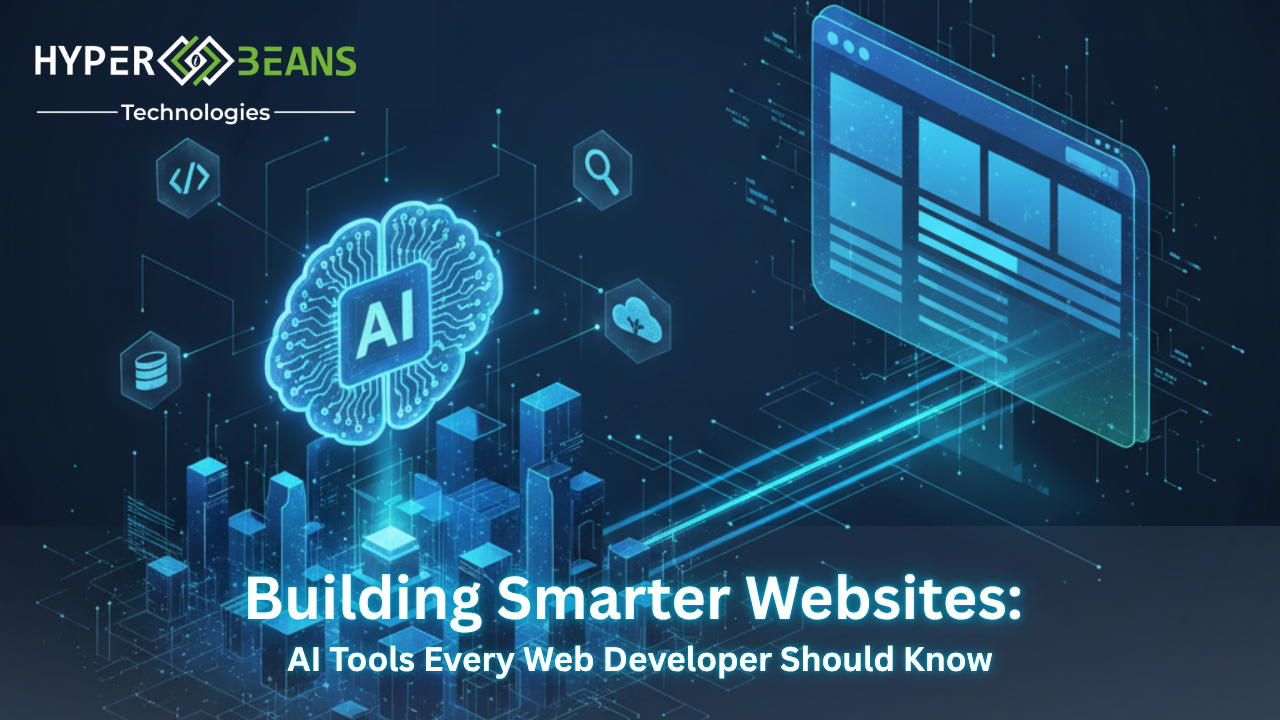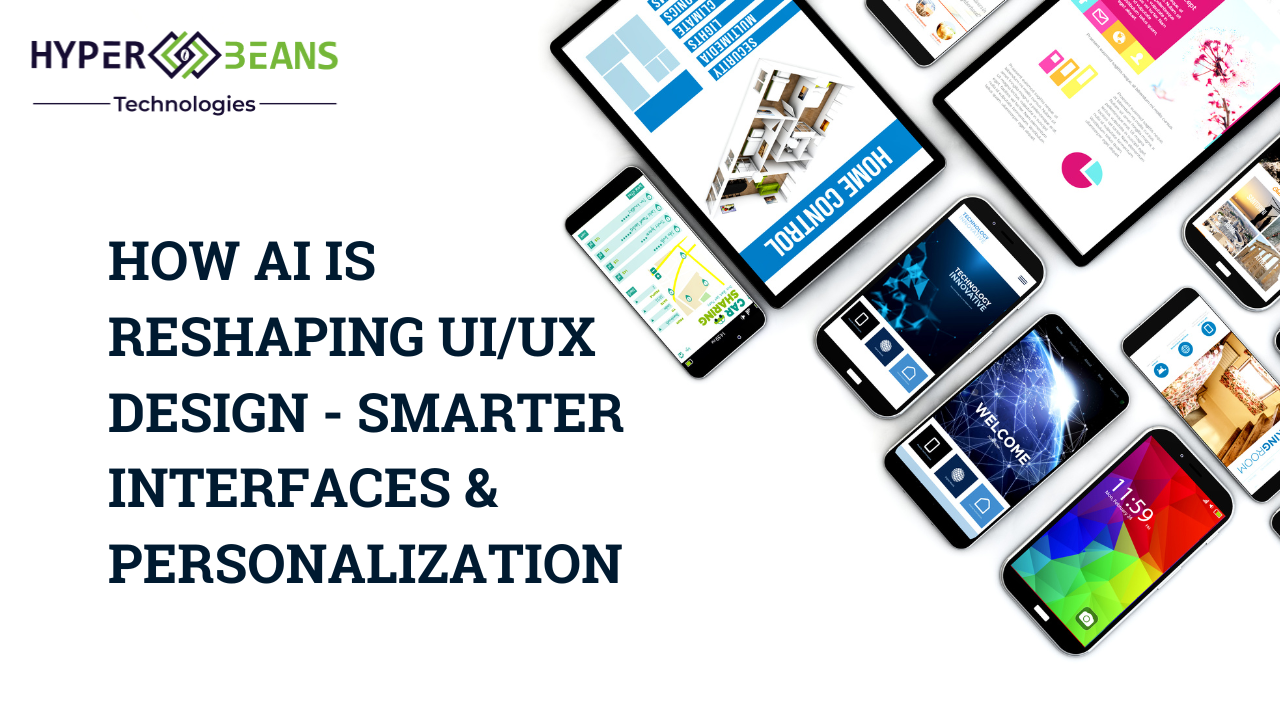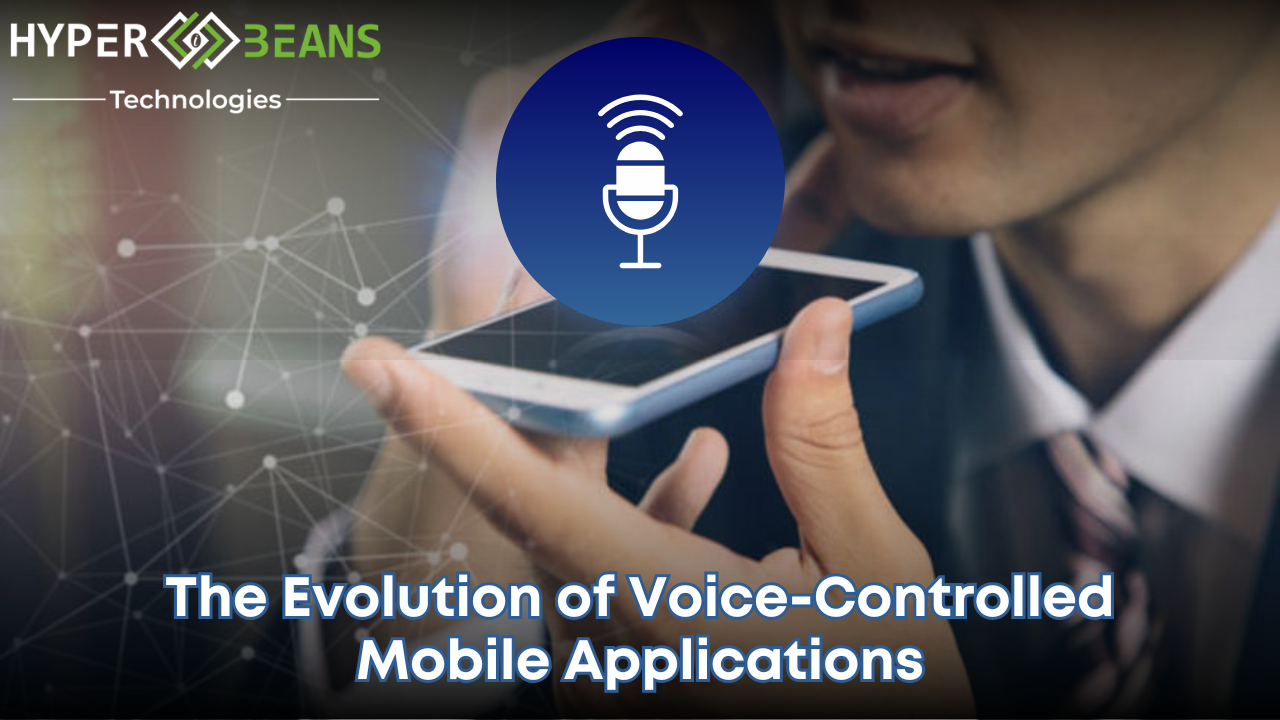In 2019, the failure rate of startups was around 90%. The SBA research concludes 21.5% of startups fail in the first year, 30% in the second year, 50% in the fifth year, and 70% in their 10th year.
Do you know why most of these startups fail? Reasons for failure include money running out, being in the wrong market, a lack of research, bad partnerships, ineffective marketing, and not being an expert in the industry.
So what you need to different to save your startup from failing. As a startup owner, it is not enough to have a unique idea. You need to prove that your unique idea will work and is viable - that you have the skills and technology to build it and bring it to reality so that the public will need it and maybe even ready to pay money for it.
The best way to bring your idea into reality or to proving its viability is to build a minimum viable product (MVP). Today, we will share what every startup should know before developing a minimum viable product for your startup — based on what we’ve learned from prototyping MVPs for our clients. The concept of building an MVP for a startup is simple. When developing an MVP for your goal should be to create the smallest, quickest, yet functional version of your idea — something that can be tested quickly and easily, over and over, until it works. Then, once you have the bare-bones version of what you want to build, you can scale up from there. The MVP idea first came to notice from the Lean Startup movement. It uses the basis that entrepreneurs should develop products and businesses iteratively in small steps to reduce risks and save founders from crossing the budgets and overbuilding. Eric Ries was the first who proposed the idea; he used his experiences in the startup world to develop a lean way to build high-growth companies.
How you build that idea is what can make or break you. Both the approach to developing an MVP and then scaling it once it is in the market is where many startup co-founders get messy. However, the real problem lies in the lack of understanding of the steps, involved in the MVP app development process. Following are the key steps involved to build an MVP:
Start with market research
Most of the time, it happens that ideas do not fit into the market needs. Before you begin an idea and embark upon an MVP development process, ensure that it meets the end-users’ needs. The first step to development is to get customer feedback before you build anything. Conduct surveys, you need to drill deep down into the problem you’re solving because the more information you have; the more are the odds of success. You need to find out if your idea solves the problem in a way that appeals to your target audience.
A survey conducted by CB Insights revealed that the pre-eminent reason for a startup’s failure with a 42% share is ‘lack of market need.’ In a nutshell, if your product doesn’t nail the problem, consumers won’t go along with it to find a solution.
Ideate on your MVP value addition
Before jumping to MVP development there are some questions you should keep in your mind, this will help you express your idea. These questions are what value does your product offer to its customers? How can it benefit them? Why would they buy your product?
You should also be clear about the primary estimations of your product. As MVP signifies, introducing value to the people, first outline them and develop your MVP based on that.
Map out user flow
The user flow is an essential aspect as it assures you do not miss anything while maintaining the future product and its user comfort in mind.
To establish your user flow, it is important to define the process steps; and, for that, you need to define the steps required to reach the key objective. Your focus should be also on basic responsibilities preferably than features such as discovering and purchasing the product, handling and taking orders. These are the objectives that your end-users will have while using your product. When all these procedure steps are planned out, it is time to define the features of each step.
Prioritize MVP Features
Your MVP should have the absolute minimum features, but it should also include a total customer experience. Make a list of all the features you want to include in your product for every stage before you start developing the MVP. Once the MVP development process is completed, cross-verify with the list of features that current stage features are incorporated in the product or not.
You need to prioritize the features of your product for every stage. To do it, ask yourself questions such as – What do my users want? Am I contributing to them something beneficial? Etc.
Next, classify all the remaining features based on priority levels: high priority, medium priority, and low priority. When you have organized all the features, you can set their scope for the first release of the product, and move to develop an MVP. If you want to check how your future MVP product will look, you can even create an MVP’s prototype.
Launch MVP in the market
Once you have finalized the key features and have done the research on the market needs, you can develop an MVP for your startup. Be cautious that an MVP should not be of lower quality than a final product, and yet requires satisfying your customer’s needs. Hence, it must be easy to use, engaging, and beneficial for your customers.
Build, Measure, Learn
One main obstacle that startups face is that they assume the product they have built is excellent for their customers. Reason? Assumptions can be wrong.
While building a product that adds value is fabulous, but to provide it traction, startups will have to make the brand enticing. This is only feasible by testing distinct layouts.
Getting feedback is crucial for your startup product. It will help you learn how your customers perceive your product. With their feedback, you can discover the acceptability and competitiveness of your product in the market, which will decide the future of your product.
Taking your startup from the idea stage to launch is a big deal. While there will probably be missteps along the way, you must build as lean as possible, so you can learn swiftly from your mistakes and move on. Your MVP is your best chance for doing that.
Build your MVP with HyperBeans - industry leader and experienced MVP developers for startups - Get in touch!










